4 Ways to Build Your E-learning Skills This Summer
June 27th, 2017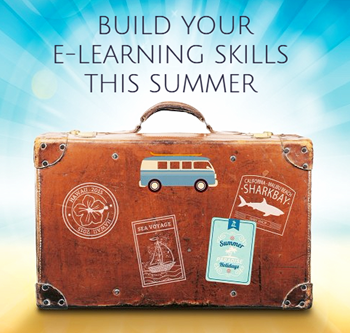
Summer’s approaching*. Many of you are taking days off and, generally, the workload eases up a bit. This is a good time to catch up on things or put together a short-term plan to build your skills.
I’m asked almost daily how to learn more and get better at building courses. Today, we’ll review a few ways you can implement some skill-building activities to make for a great summer time.
Attend an Articulate Roadshow to Build E-Learning Skills
We put together 2-day events where we cover all sorts of e-learning topics. We make them practical and have lots of hands-on activities. Attend one day or both. The roadshows are also a great way to connect with other e-learning developers in your area. Some of them turn into user groups and we’ve even had recruiters show up and share current e-learning job openings. You can always learn more about where we’ll be on our events page or at the bottom of the blog posts.

Create a Demo Interaction to Build E-Learning Skills
The best way to learn is to do. The challenge at work is that sometimes you have to do the same things over and over. So you don’t get to play around with ideas or practice building something new.
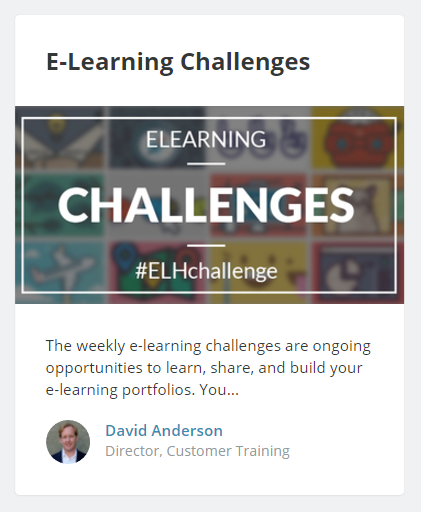
We present the weekly challenges as a way to do new things in small doses. Some people build polished demos and some build simple ones where they just show prototype idea. It doesn’t really matter how much time or effort you want to put into it. The main thing is that you have a sandbox in which to play around.
I recommend reviewing each week’s recap to see what people have done. There are some really neat ideas in many of them. And try to commit to one a month. For the summer, make a plan to create at least one.
Here’s a list of past challenges. There are some good examples that may give you ideas for your own projects.
Read a Book or Blog to Build E-Learning Skills
Read an old book. Read a new book. Whenever I travel, I grab an older e-learning book and go through it with fresh eyes. I’m always reminded of something I already know but haven’t thought much about recently. This helps be think about new ways to apply what I already know.
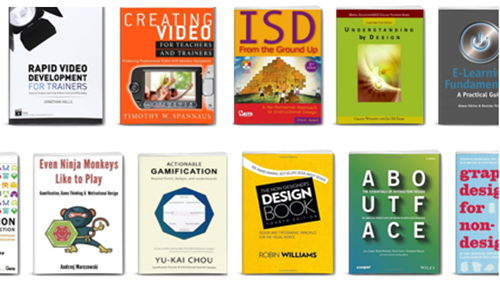
Here is a previous post with good book recommendations that cover everything from instructional and visual design to gamification.
Read a blog post. I’ve been going through some of my older posts to see where I need to update or add new links and I’m reminded of some practical tips that I forgot I shared. If you’re interested, check out the e-learning blog archives and look at some of the posts you may have missed ten years ago.
If you don’t want to your friends to think you’re nerdy, take the cover off of one of the popular books and wrap it around your less trendy e-learning book.
Do Nothing Related to E-Learning Skills & Just Relax
Don’t do anything. Enjoy the summer. Take a break.
Between LinkedIn, Twitter, and your emails, it may be time to just take a break from the unending stream of content. Spend time with friends and family. Stepping away is a great way to step back into things. Maybe all you need this summer is a summer break.
What are you doing this summer (if anything) to build your skills?
*If you’re down under, save this post for when your summer begins and read then. 🙂
Events
- Everyday. Check out the weekly training webinars to learn more about Rise, Storyline, and instructional design.
Free E-Learning Resources
 |
 |
 |
|
Want to learn more? Check out these articles and free resources in the community. |
Here’s a great job board for e-learning, instructional design, and training jobs |
Participate in the weekly e-learning challenges to sharpen your skills |
 |
 |
 |
|
Get your free PowerPoint templates and free graphics & stock images. |
Lots of cool e-learning examples to check out and find inspiration. |
Getting Started? This e-learning 101 series and the free e-books will help. |
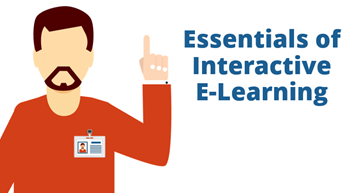
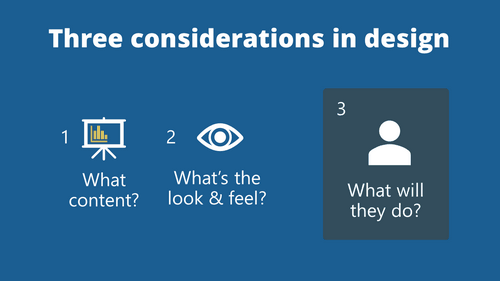
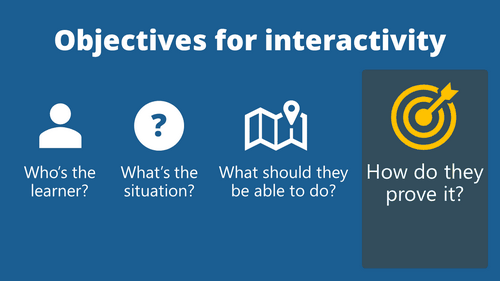
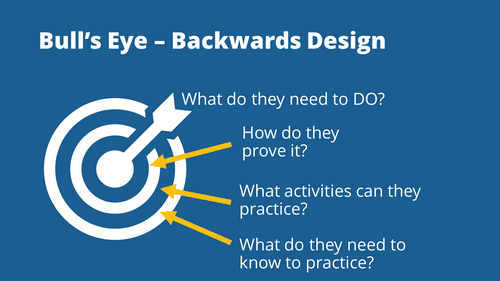
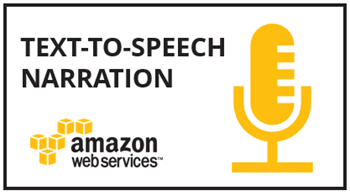
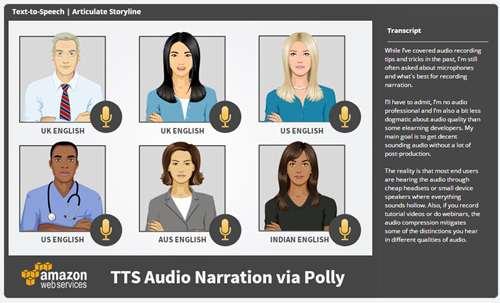
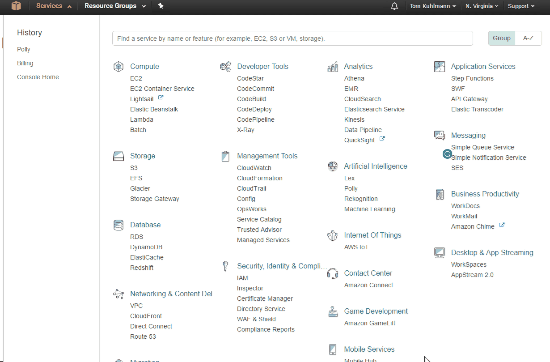



3
comments